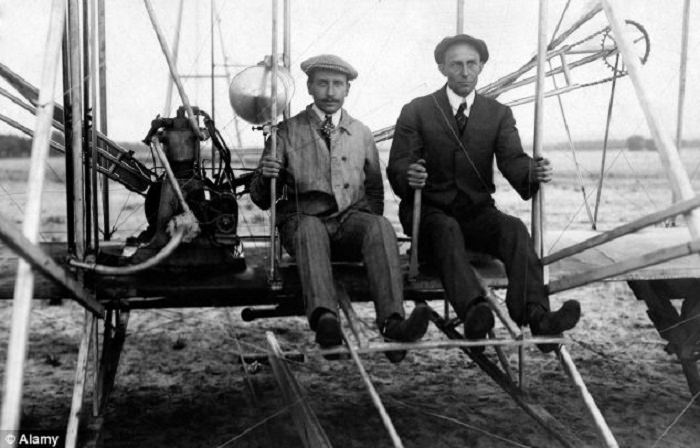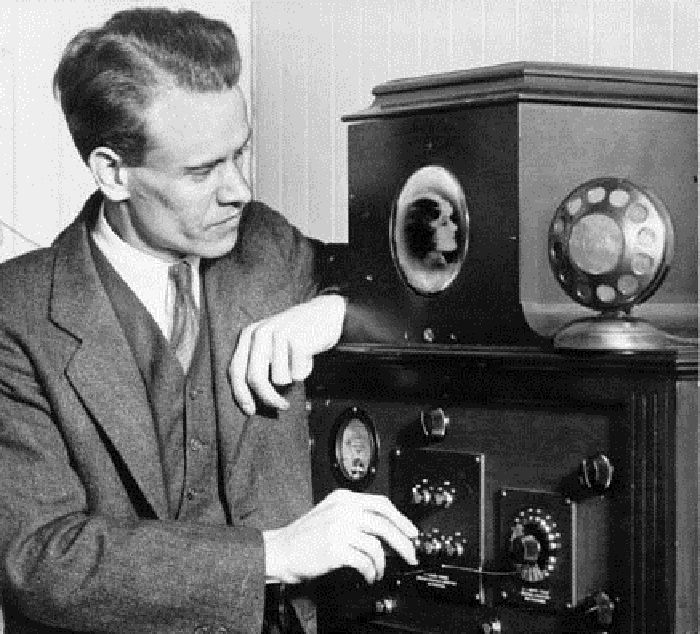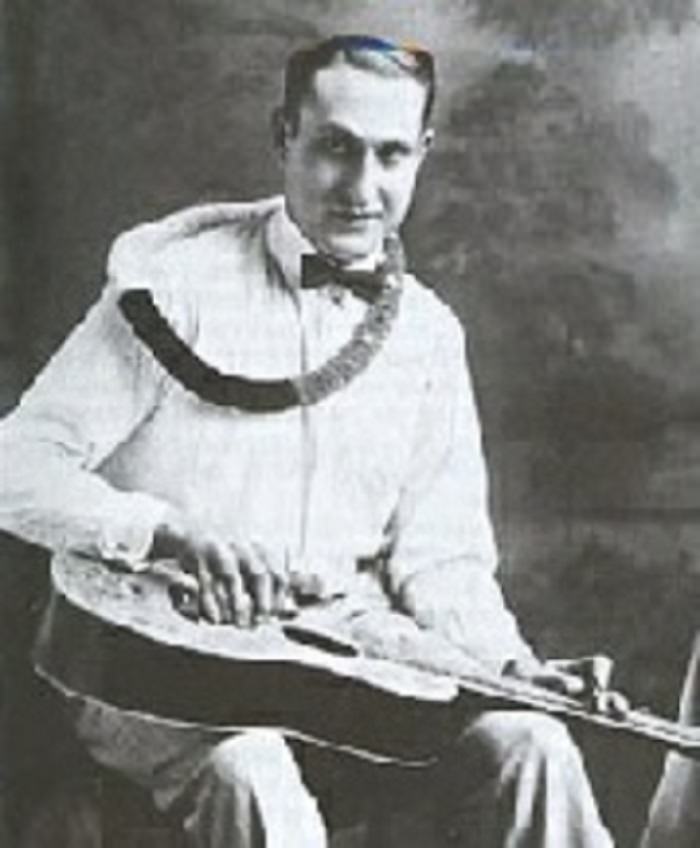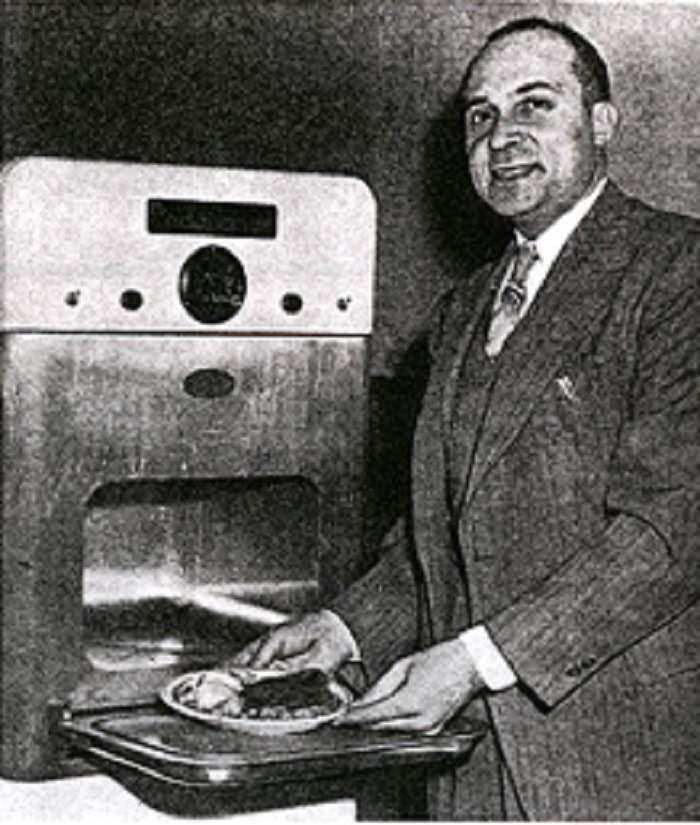
|
Where would we be without our cars? Wouldn't it be a lot harder to travel from one country to another if airplanes hadn't been invented? How would we communicate to one another without our mobile phones? And could you imagine your life without internet? These 12 inventors changed the way we go about our daily lives - from our day to day routines, to entertainment, to safety. Since the late 1800s, we sure have come a long way. |
|
Sylvester H Roper: Inventor of Steam Road Vehicles, 1860-1894 |
 |
|
img source: hope1842.com From a young age, Roper had always been fascinated by all things mechanical and became an avid inventor by the time he hit his teens, constructing a small stationary engine by age 12. In the midst of America's Civil War, Roper's first steam Carriage was built. It was capable of 25 mph by its 2 hp engine. It featured a 16 inch boiler, fueled by coal. He created the steam Velocipede a few years later - a bicycle fitted with a double acting two-cylinder steam engine fired by a charcoal burner. Altogether he built 10 steam road vehicles between 1860 and 1894 - with two, three and four wheels. |
|
Willis Carrier: Inventor of the Air Conditioner, 1902 |
 |
|
img source: williscarrier.com In July 1902, Willis Haviland Carier designed the first modern air conditioning system. The idea to control the indoor environment came to him on a foggy day in Pittsburgh, while waiting on a train platform. Staring through the mist, he realized that he could dry air by passing it through water to create fog. Doing so would make it possible to manufacture air with specific amounts of moisture in it. He completed his invention to control humidity within the year. |
|
The Wright Brothers: Inventors of the Airplane, 1903 |
 |
|
img source: dailymail.co.uk Wilbur and Orville Wright were American inventors and pioneers of aviation. In 1903, they achieved the first powered, sustained and controlled airplane flight, surpassing their own milestone two years later when they built and flew the first fully practical airplane. With the success of their first plane not having been appreciated in the States, the brothers set out for Europe in 1908. In France, they found a much more receptive audience, resulting in them becoming huge celebrities who began to sell their airplanes, before returning to the United States in 1909. |
|
Philo T. Farnsworth: Inventor of the Television, 1927 |
 |
|
img source: sfcityguides.org Farnsworth was an amateur scientist from a young age. During his high school years he would convert his family's home appliances to electric power. In his chemistry class, he had sketched out an idea for a vacuum tube that would revolutionize television. In his later years, he proceeded with his plans and experiments and by 1927, he unveiled his all-electronic television prototype - the first of its kind - made possible by his other inventions the 'image dissector' and the 'video camera tube'. |
|
Adolph Rickenbacker: Inventor of the Electric Guitar, 1932 |
 |
|
img source: electricguitarsetup.com The need for an electric guitar arose because the classic guitar was too quiet to contribute to the music a band produced. This became especially apparent in the concert halls of the 1880s. Alongside George Beauchamp, a musician, Adolph Rickenbacker, an electrical engineer, invented an electromagnetic device which picked up the vibrations of the guitar strings with great clarity, creating the first commercially viable amplifiable electric guitar. |
|
Percy Spencer: Inventor of the Microwave, 1954 |
 |
|
img source: percyspencer.blogspot.com.mt In 1946, Engineer Percy Spencer had been working on magnetrons (vacuum tubes that produce microwave radiation - a type of electromagnetic radiation that has a wavelength between 1mm and 30cm) when he accidentally discovered the microwave. He had had a candy bar in his pocket and noticed that it had melted. When he realized that the microwaves he was working with had caused the chocolate to melt, he proceeded with a number of experiments and came to realize that microwaves could cook food faster than conventional ovens. The company he was working for, the Raytheon Corporation produced the first commercial microwave oven in 1954 - a large, expensive microwave that had a power of 1600 watts. |
| Continue Article on Page 2 |